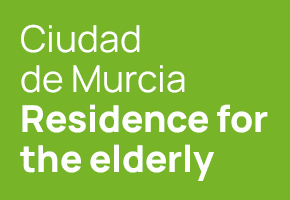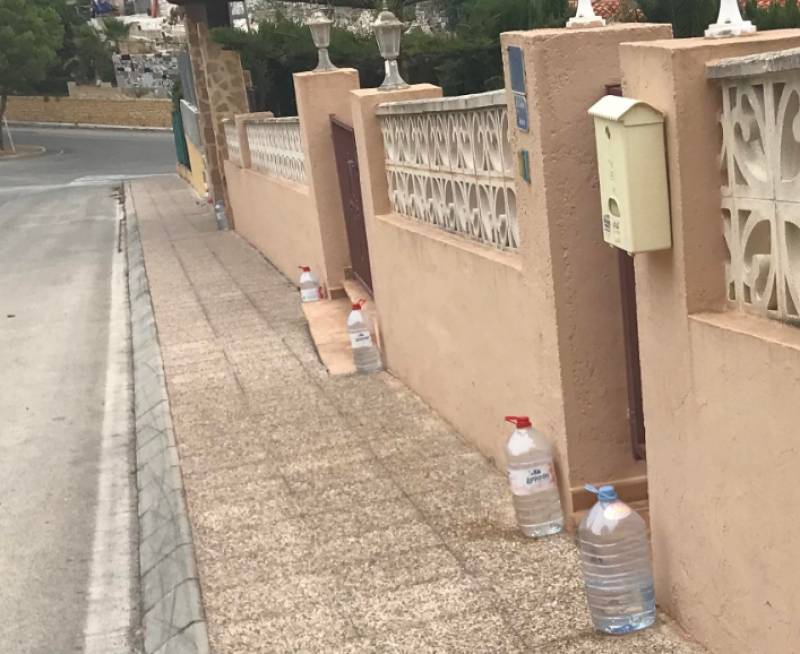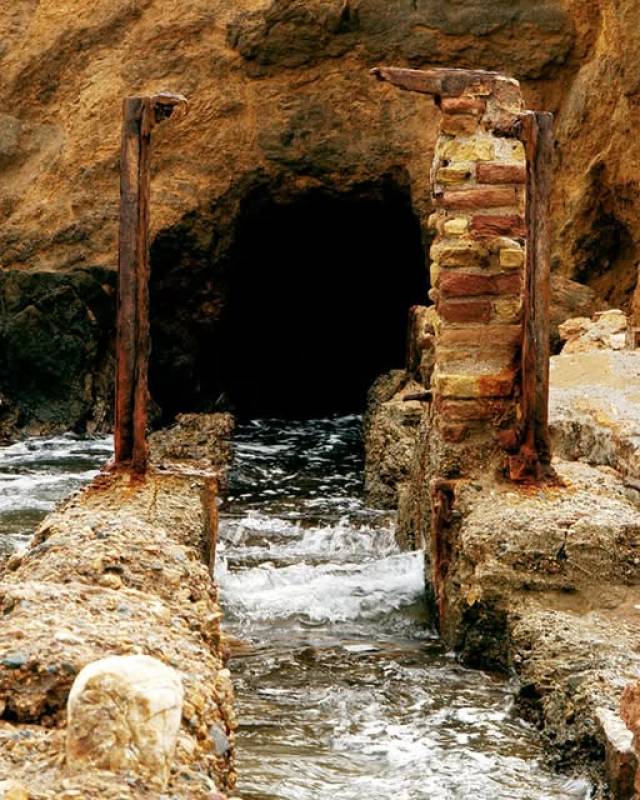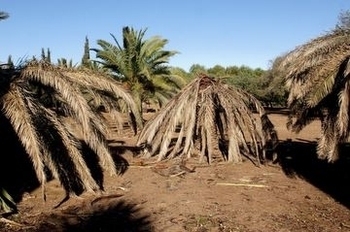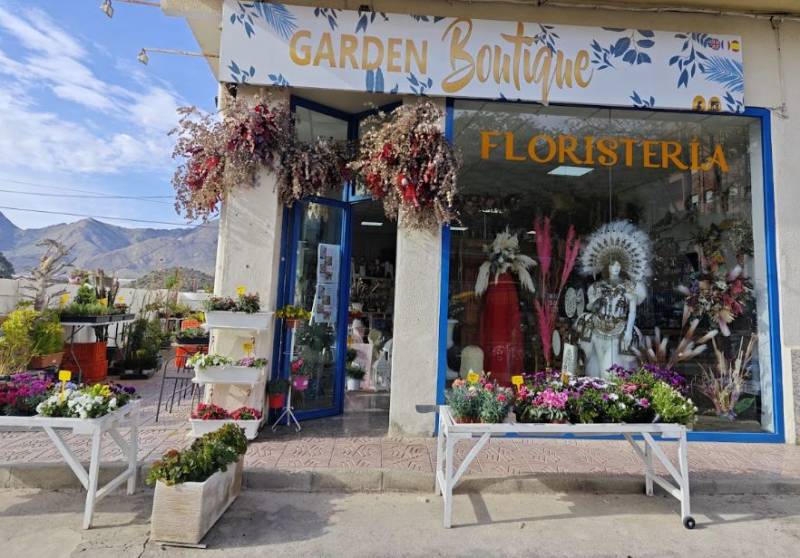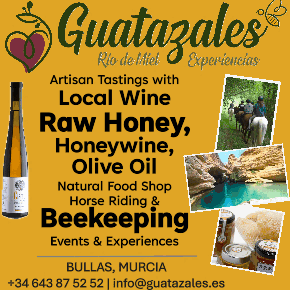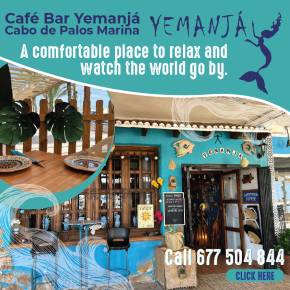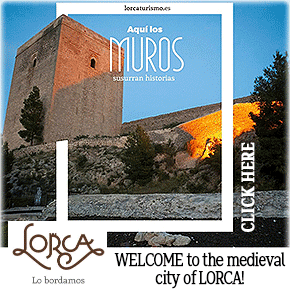- Region
- Águilas
- Alhama de Murcia
- Jumilla
- Lorca
- Los Alcázares
- Mazarrón
- San Javier
-
ALL AREAS & TOWNS
- AREAS
- SOUTH WEST
- MAR MENOR
- MURCIA CITY & CENTRAL
- NORTH & NORTH WEST
- TOWNS
- Abanilla
- Abarán
- Aguilas
- Alamillo
- Alcantarilla
- Aledo
- Alhama de Murcia
- Archena
- Balsicas
- Blanca
- Bolnuevo
- Bullas
- Cañadas del Romero
- Cabo de Palos
- Calasparra
- Camping Bolnuevo
- Campo De Ricote
- Camposol
- Canada De La Lena
- Caravaca de la Cruz
- Cartagena
- Cehegin
- Ceuti
- Cieza
- Condado de Alhama
- Corvera
- Costa Cálida
- Cuevas De Almanzora
- Cuevas de Reyllo
- El Carmoli
- El Mojon
- El Molino (Puerto Lumbreras)
- El Pareton / Cantareros
- El Raso
- El Valle Golf Resort
- Fortuna
- Fuente Alamo
- Hacienda del Alamo Golf Resort
- Hacienda Riquelme Golf Resort
- Isla Plana
- Islas Menores & Mar de Cristal
- Jumilla
- La Azohia
- La Charca
- La Manga Club
- La Manga del Mar Menor
- La Pinilla
- La Puebla
- La Torre
- La Torre Golf Resort
- La Unión
- Las Palas
- Las Ramblas
- Las Ramblas Golf
- Las Torres de Cotillas
- Leiva
- Librilla
- Lo Pagan
- Lo Santiago
- Lorca
- Lorquí
- Los Alcázares
- Los Balcones
- Los Belones
- Los Canovas
- Los Nietos
- Los Perez (Tallante)
- Los Urrutias
- Los Ventorrillos
- Mar De Cristal
- Mar Menor
- Mar Menor Golf Resort
- Mazarrón
- Mazarrón Country Club
- Molina de Segura
- Moratalla
- Mula
- Murcia City
- Murcia Property
- Pareton
- Peraleja Golf Resort
- Perin
- Pilar de la Horadada
- Pinar de Campoverde
- Pinoso
- Playa Honda
- Playa Honda / Playa Paraíso
- Pliego
- Portmán
- Pozo Estrecho
- Puerto de Mazarrón
- Puerto Lumbreras
- Puntas De Calnegre
- Region of Murcia
- Ricote
- Roda Golf Resort
- Roldan
- Roldan and Lo Ferro
- San Javier
- San Pedro del Pinatar
- Santiago de la Ribera
- Sierra Espuña
- Sucina
- Tallante
- Terrazas de la Torre Golf Resort
- Torre Pacheco
- Totana
- What's On Weekly Bulletin
- Yecla


- EDITIONS:
 Spanish News Today
Spanish News Today
 Alicante Today
Alicante Today
 Andalucia Today
Andalucia Today
The origins of tapas in Spain and how to enjoy them
The traditional Spanish bar snack has become a global gastronomic favourite
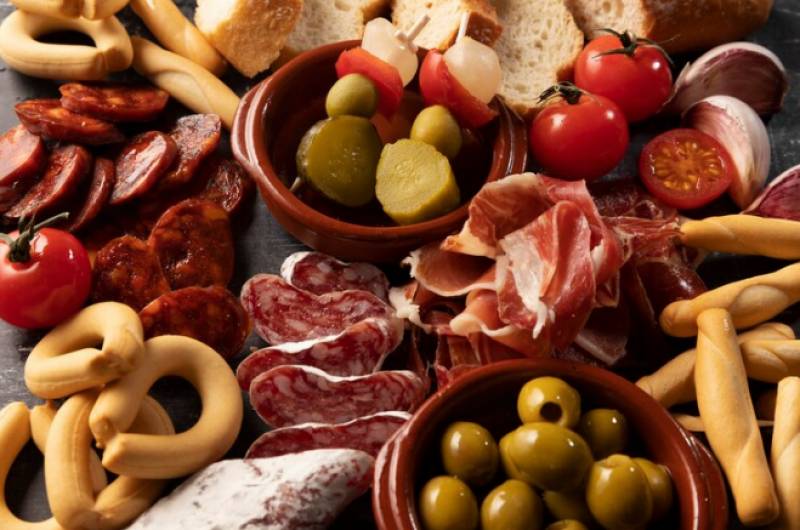
There are plenty of ways to enjoy yourself in Spain: enjoying a trip to the beach or countryside, taking part in typical Spanish sports like petanca, or playing extra chilli megaways online. But surely the most popular pastime for Spaniards is to go for cañas or vinos with tapas.
If there’s one Spanish export that made a long-lasting impression on an international scale, it has to be tapas – bite-sized morsels of delectable food, usually served with a beer or glass of wine. While the UK was making do with salted peanuts and pork scratchings, the Spanish were perfecting their bar snacks that range from humble bread and olives to the more exotic caracoles (snails) and pulpo (octopus – particularly popular in the Region of Murcia).
What are tapas?
Not to be confused with an appetiser (and certainly not to be confused with web comic publisher Tapas), a tapa is a small portion of food served as an accompaniment to a drink. Tapas can be hot or cold, and it’s common to see large groups in bars and cafés sharing a wide selection of tiny dishes, making them the perfect social treat.
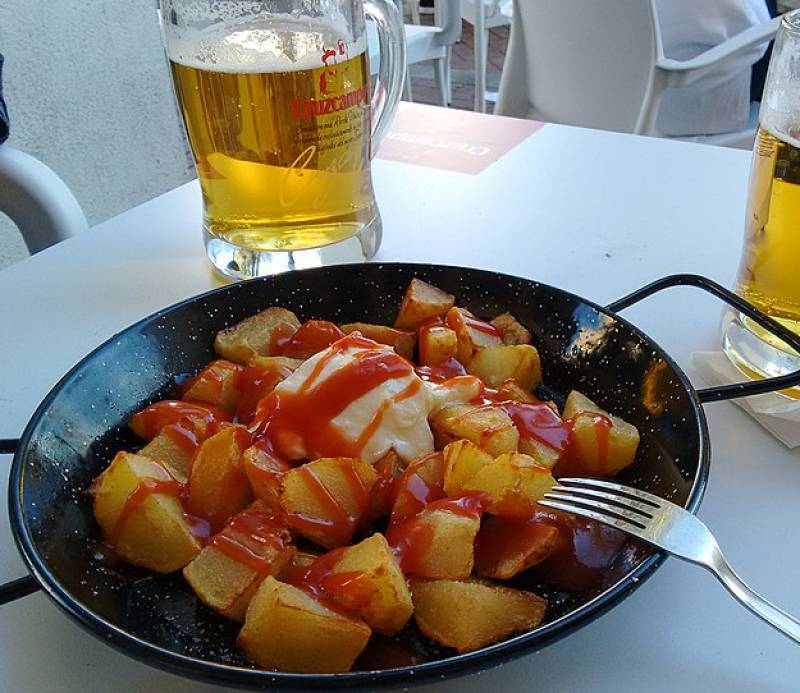 Some of the most traditional dishes, which are still popular today, are patatas bravas (chunks of fried potatoes smothered in a spicy tomato sauce), albóndigas (meatballs), croquetas (golden croquettes stuffed with chunks of meat and a creamy sauce) and tortilla (savoury potato and egg omelette).
Some of the most traditional dishes, which are still popular today, are patatas bravas (chunks of fried potatoes smothered in a spicy tomato sauce), albóndigas (meatballs), croquetas (golden croquettes stuffed with chunks of meat and a creamy sauce) and tortilla (savoury potato and egg omelette).Where did tapas originate?
As with everything in Spain, most regions try to lay claim to ‘inventing’ the concept but the truth is no-one really knows. There are a few fun theories, though.
Since the word tapa actually means ‘lid’ in English (from the verb tapar – to cover), legend has it that Spanish barkeeps would place a slice of bread with a sliver of ham or cheese on top of drinks to keep out the pesky flies. That ‘tapar’ has since become ‘tapear’, a word the Spanish have invented to mean ‘going out for tapas’.
Another long-standing legend concerns King Alfonso X the Wise, who ruled in Spain in the 13th century. According to folklore, the monarch was prescribed a huge quantity of wine when he was ill and to keep from getting drunk, he ate little bites of food with each drink. So successful was his method for avoiding inebriation that he decreed that all homes and public houses should serve tapas with alcohol.
When is a tapa not a tapa?
Well, when it’s a proper meal basically. Tapas are simply small, snack-sized portions of food, although many eateries today offer larger portions of the same dish, known as a ración. Of course, it’s perfectly possible to fill up on a selection of different bar bites, and nowadays it’s quite common to hear of people ‘going for tapas’ or tapear – essentially a pub crawl, having a quick nibble and a drink in each bar.
The legacy of tapas
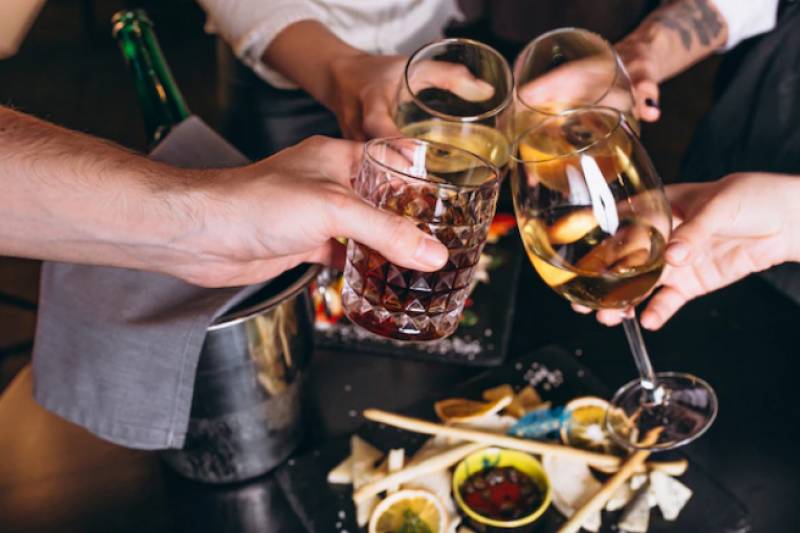 The gastronomic legacy of tapas has long since crossed borders to become a much-loved way of eating across the globe, so much so that there is now a World Tapas Day. Today, classic tapas coexist with modern creations in every corner but whether they’re being enjoyed at home or away, having tapas is synonymous with informality and time with friends. That’s because eating tapas is more than just a meal: it’s long been considered a way of life, a social outlet and above all, a way of bringing people together.
The gastronomic legacy of tapas has long since crossed borders to become a much-loved way of eating across the globe, so much so that there is now a World Tapas Day. Today, classic tapas coexist with modern creations in every corner but whether they’re being enjoyed at home or away, having tapas is synonymous with informality and time with friends. That’s because eating tapas is more than just a meal: it’s long been considered a way of life, a social outlet and above all, a way of bringing people together.Images 1&3: Freepik
Image 2: Wikimedia Commons
Loading
Sign up for the Spanish News Today Editors Roundup Weekly Bulletin and get an email with all the week’s news straight to your inbox
Special offer: Subscribe now for 25% off (36.95 euros for 48 Bulletins)
OR
you can sign up to our FREE weekly roundup!
Read some of our recent bulletins:
Discount Special Offer subscription:
36.95€ for 48 Editor’s Weekly News Roundup bulletins!
Please CLICK THE BUTTON to subscribe.
(List price 3 months 12 Bulletins)
Read more stories from around Spain:
Contact Murcia Today: Editorial 000 000 000 /
Office 000 000 000











